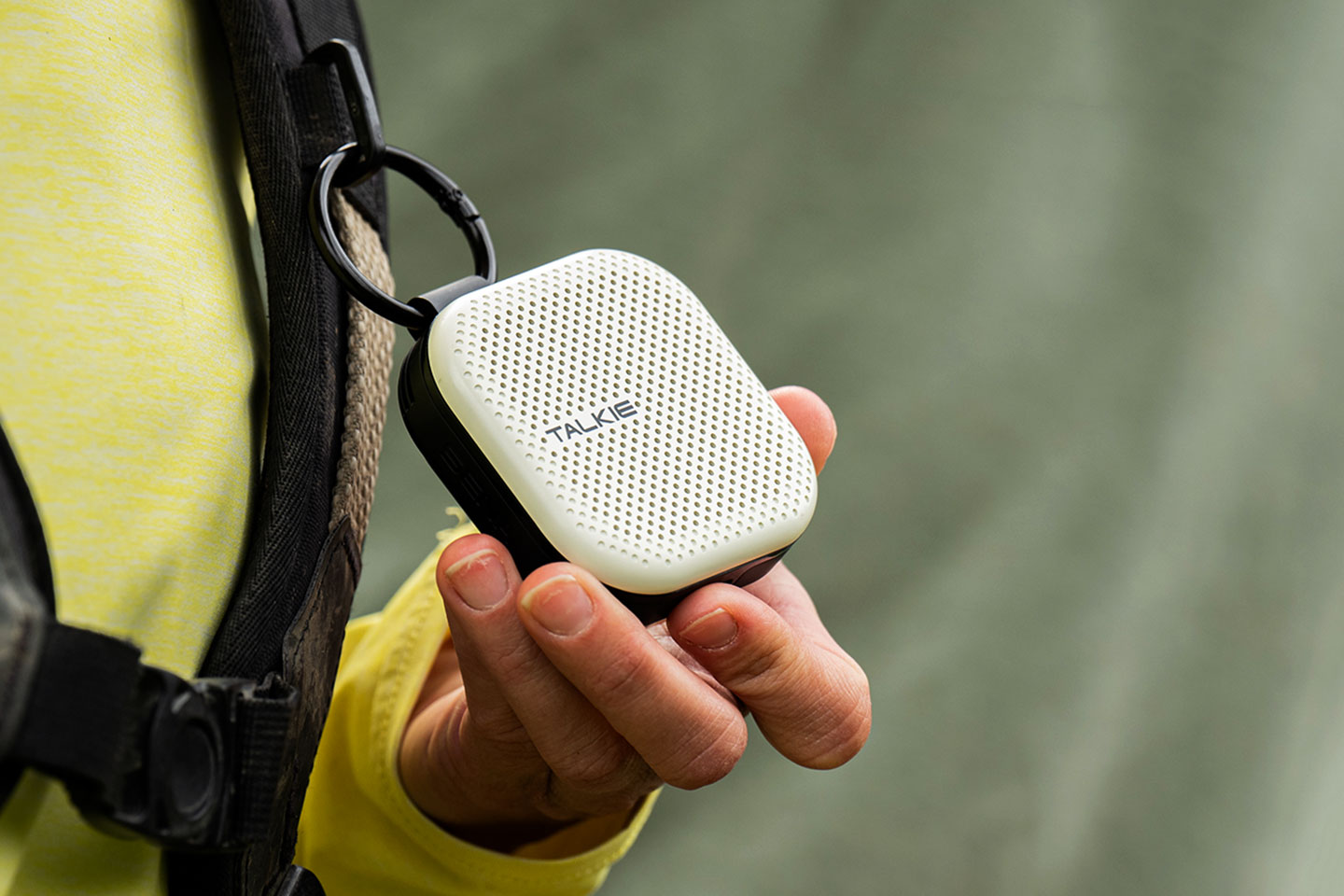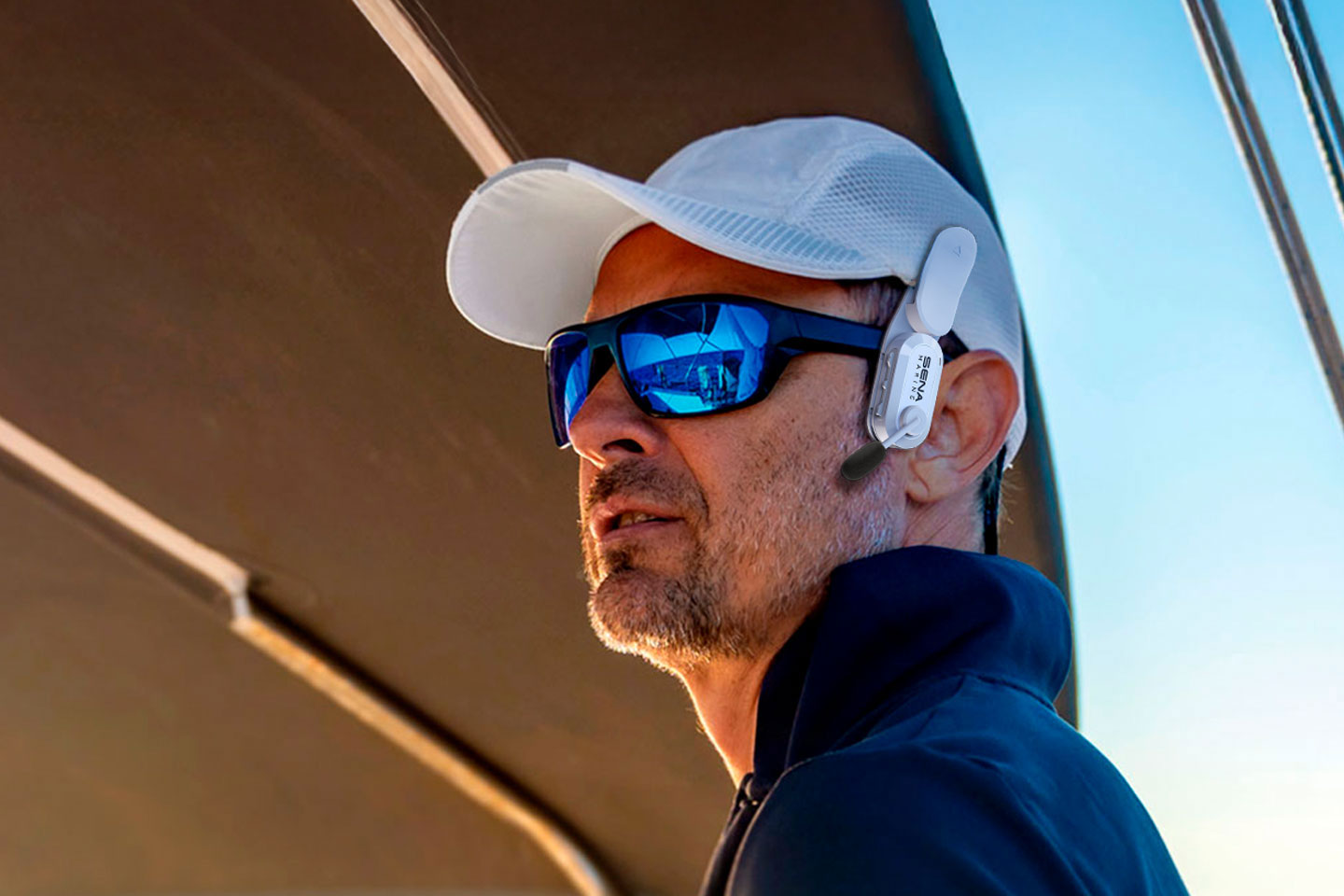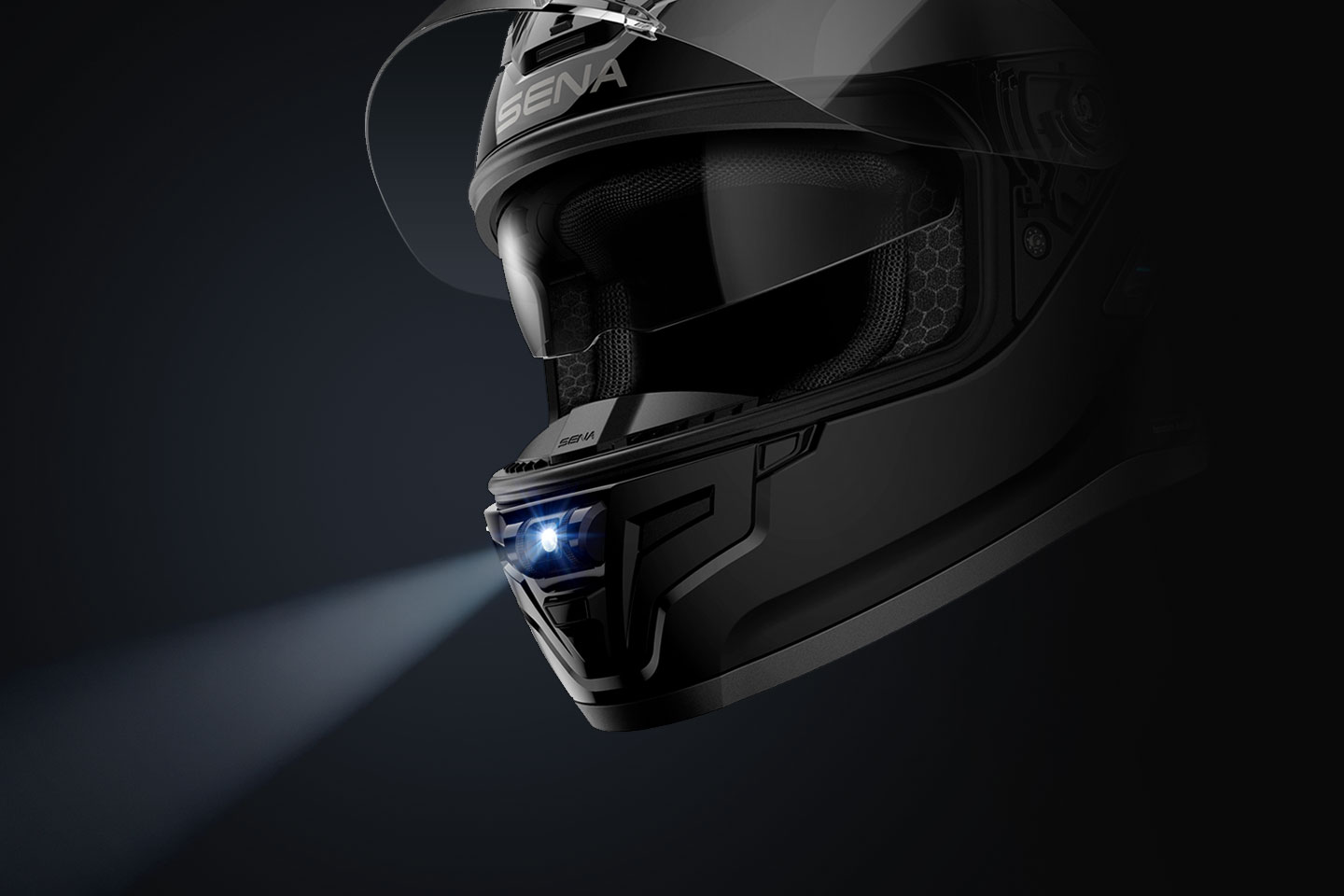From ECE 22.05 to ECE 22.06: What Motorcyclists Need to Know About the New Helmet Standard
December 4, 2023

As motorcycle safety standards evolve, so too do the benchmarks that ensure your helmet offers the best possible protection. The transition from ECE 22.05 to ECE 22.06 marks a significant update in helmet certification, reflecting advancements in safety technology and testing methodologies. At Sena, we’re committed to helping you stay informed about these changes so you can make the best choices for your riding safety. In this article, we’ll explore what the ECE 22.06 update entails, how it differs from the previous ECE 22.05 standard, and why these changes are crucial for every motorcyclist.
1. What is ECE 22.06?
The ECE 22.06 Standard: The ECE 22.06 standard, effective from 2023, represents the latest evolution in motorcycle helmet safety regulations set by the Economic Commission for Europe (ECE). This new standard builds upon the previous ECE 22.05, incorporating enhanced testing procedures and stricter safety requirements to address contemporary riding conditions and helmet technologies.

Key Objectives of ECE 22.06:
- Enhanced Safety: Improve overall helmet protection by introducing more rigorous testing scenarios.
- Adaptation to Technology: Address advancements in helmet technology and design.
- Greater Real-World Relevance: Reflect current riding conditions and accident statistics to ensure helmets are better suited to modern challenges.
2. Major Changes from ECE 22.05 to ECE 22.06
2-1. Advanced Impact Testing:
- ECE 22.05: Helmets were tested for impact resistance at various points, but the testing protocols were less severe.
- ECE 22.06: The new standard incorporates more stringent impact tests, including higher impact speeds and multiple impact zones. Helmets must now withstand more severe conditions, ensuring better protection against high-impact crashes.
2-2. Additional Testing Points:
- ECE 22.05: Testing focused primarily on central impact areas.
- ECE 22.06: The new standard includes additional testing points on the helmet, such as the sides and chin area. This comprehensive testing ensures that helmets provide uniform protection across all critical areas.
2-3. Enhanced Penetration Resistance:
- ECE 22.05: Penetration tests were conducted but with less emphasis on extreme scenarios.
- ECE 22.06: Helmets must now resist penetration from sharper and harder objects, providing better protection against debris and other hazards.
2-4. Stronger Retention System Requirements:
- ECE 22.05: Retention systems (straps and fasteners) had to meet specific strength criteria.
- ECE 22.06: The new standard demands even higher strength and durability for retention systems, ensuring that helmets remain securely in place during an accident.
2-5.Improved Comfort and Fit:
- ECE 22.05: Focused on safety, but comfort and fit were secondary considerations.
- ECE 22.06: The updated standard emphasizes the importance of fit and comfort, recognizing that a well-fitting helmet contributes to overall safety and effectiveness.


3. Why the ECE 22.06 Update Matters
Enhanced Protection:
The transition to ECE 22.06 means that helmets must meet higher safety standards, offering better protection in a broader range of crash scenarios. With improved impact testing and additional safety features, riders benefit from increased confidence in their helmet’s ability to safeguard them during high-impact incidents.
Adaptation to Modern Needs:
As motorcycle technology and riding conditions evolve, so too must safety standards. ECE 22.06 addresses the latest advancements in helmet design and material technology, ensuring that helmets remain relevant and effective in today’s riding environment.
Increased Real-World Relevance:
By incorporating more realistic testing conditions and additional safety requirements, ECE 22.06 better reflects the types of accidents and impacts riders face on the road. This ensures that helmets provide practical, real-world protection.

4. How to Choose a Helmet with ECE 22.06 Certification
Verify Certification Labels:
When purchasing a new helmet, look for the ECE 22.06 certification label. This indicates that the helmet complies with the latest safety standards and has undergone rigorous testing.
Consider Multiple Certifications:
Some helmets may carry multiple certifications, such as ECE 22.06, DOT, or Snell. These helmets offer a broader range of safety standards and provide added assurance of protection.
Ensure Proper Fit and Comfort:
Certification is essential, but a helmet must also fit well and be comfortable. Try on different helmets to find one that offers the best fit and meets ECE 22.06 standards.
Buy from Reputable Sources:
To ensure you’re getting a genuine ECE 22.06 certified helmet, purchase from reputable dealers and manufacturers. Avoid counterfeit products that may claim certification but do not meet safety requirements.

5. Sena’s Commitment to Safety
At Sena, we prioritize safety and stay abreast of the latest helmet certification standards. Our communication systems are designed to integrate seamlessly with helmets that meet ECE 22.06 and other major certifications, enhancing your riding experience while maintaining the highest safety standards.
Stay Safe with Sena: Equip yourself with a helmet that meets the latest ECE 22.06 standards and explore our advanced communication solutions to make your rides safer and more connected. Visit our website to find the perfect Sena product and experience the best in safety and technology.
Ride Confidently with Sena.







